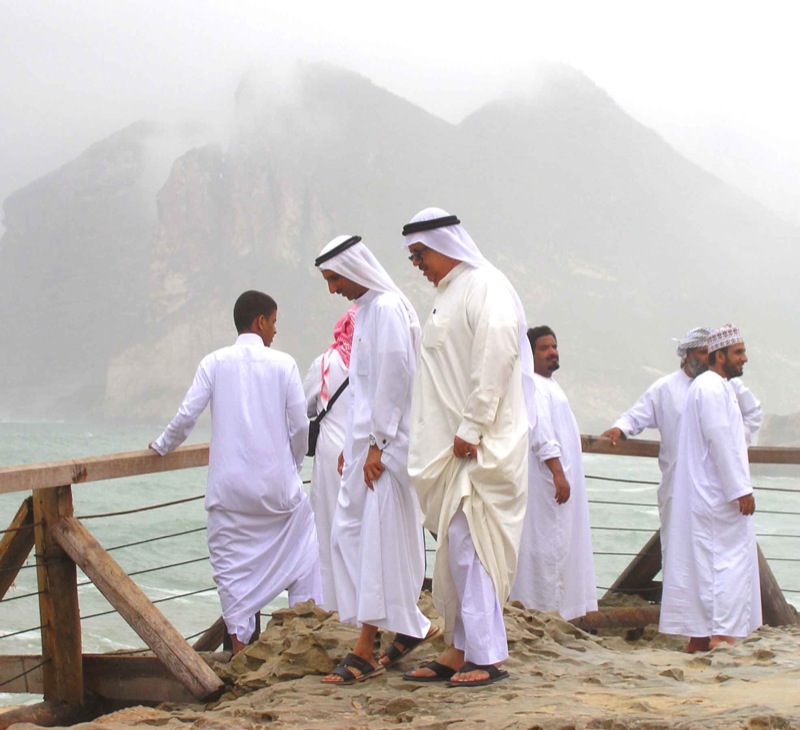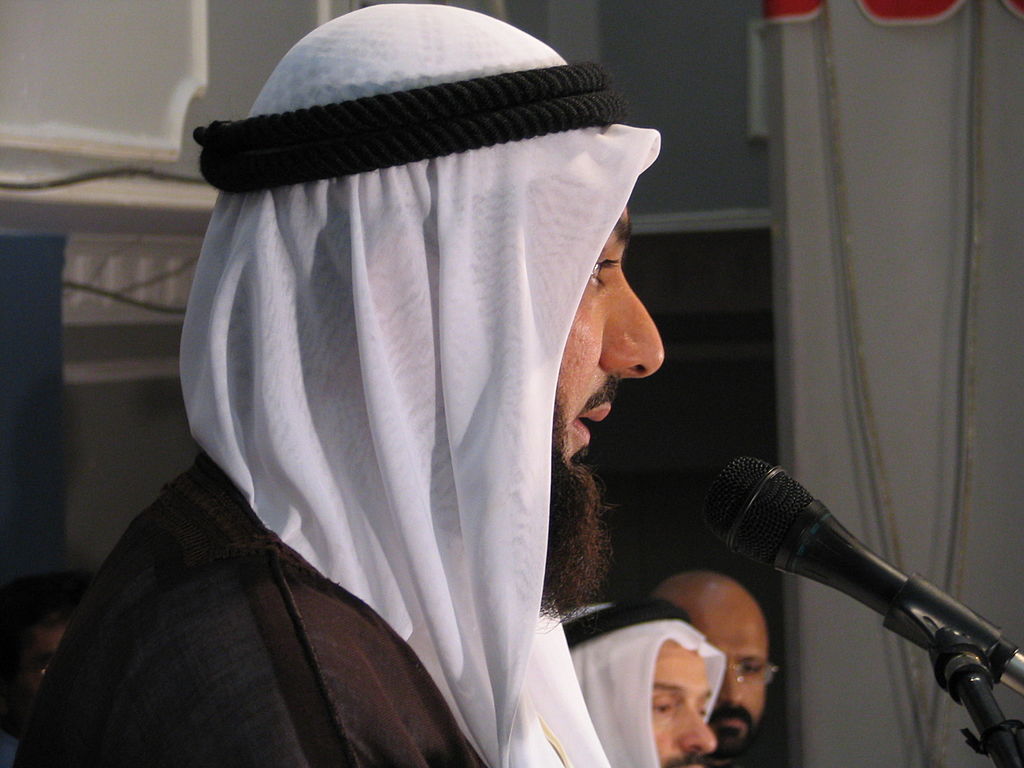Traditional Clothing in UAE

Credit: Flickr / Oman Muscat / CC BY 2.0
There is always some ambiguity whenever the topic of traditional clothing in the United Arab Emirates crops up. Other than the followers of Islam, not many are aware of the Arabic style of clothing typical to Muslim culture. With the exception of Dubai, the remaining Emirates in the UAE are conservative with regard to their style of dressing, favouring 'modesty' and, to a certain extent strictly adopting what is prescribed in Islamic texts.
Dubai attracts many outsiders including many tourists and expatriates, thus the dress code is more lenient. Although western-style clothing such as t-shirts, long skirts and trousers are permitted, women are expected and encouraged to keep their skin covered. To sum it up, anything and everything goes as long as you remember that you are in a progressive yet Islamic Emirate.
Islamic / Traditional Clothing are styled according to what is to be worn during the day, at night and for religious occasions. The clothes are designed to adapt to the local hot weather and the religious beliefs of the region. Following is a list of the traditional clothing worn by men and women in the UAE:
Abaya: The Abaya is a long elegant cloak worn by women in the UAE and is their national dress. Traditionally black in colour, it covers the whole body except the face, feet and hands. Some women prefer to team it up with the niqāb and Gafaaz to cover up the face and hands as well.
Ghutrah: A typical headscarf worn by men, the ghutrah is also known by the name of keffiyeh/kufiya, or shemagh in other Arabic countries. Typically made from a square cloth of cotton in chequered patterns, it is draped over the head in various styles. In dry climates, these scarves provide protection from blowing dust and harsh rays of the sun.
Agal: An Agal, also called iqal, egal or igal is a black band secured tightly around the ghutrah to keep it in place. Usually in black in colour, the Agal is losing its prominence these days with young men draping the guthrah in different ways.

Burqa: The Burqa or burkha, burka, burqua is an outer piece of clothing used to cover a woman’s body to prevent exposure of skin in public. The Burqa is removed when the woman returns home and/or in the sole company of her family members. It is worn over daily attire and is more common among older generations of Arab women.
Kandura: Also known as thawb, thobe, or dishdasha, the Kandura is an ankle-length, loose-fitting robe for men, usually white in colour. In winter, the Kandura is available in a splash of darker shades. The length of the robe is correlated with the status of the person with the wealthy and royal seen in long robes. Shorter lengths symbolize modesty and are worn by common Arabs.
Gishwa: UAE women traditionally wear a Gishwa, which is a thin veil covering the face making them unrecognizable for the purposes of preserving modesty. However, it is fine enough for the wearer to see through.
Ghafiyah: The Ghafiyah is a look-alike of a Muslim prayer hat worn below the ghutrah headscarf by Arabic men. They are typically intricately embroidered and not visible to the naked eye as it is covered by the Ghutrah.
32 comments
I just need information about uae kandura y uae kandora has long rope on the front side.is their any reason.
Thanks
I don't think there is any reason that for long length. it is just a style
Leave a Reply